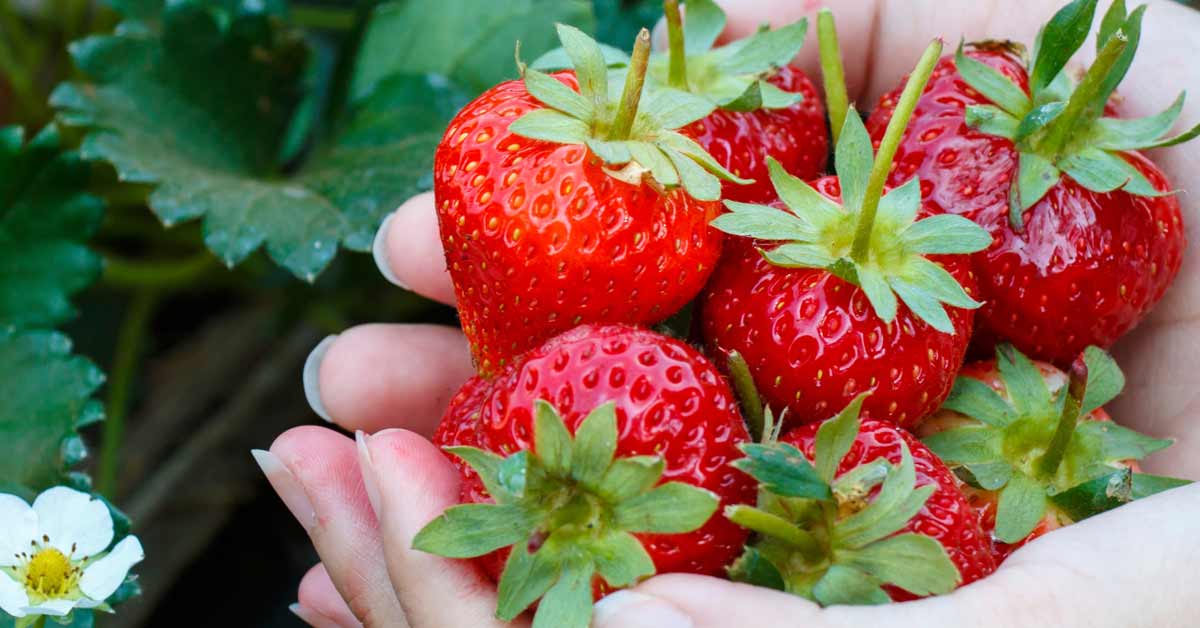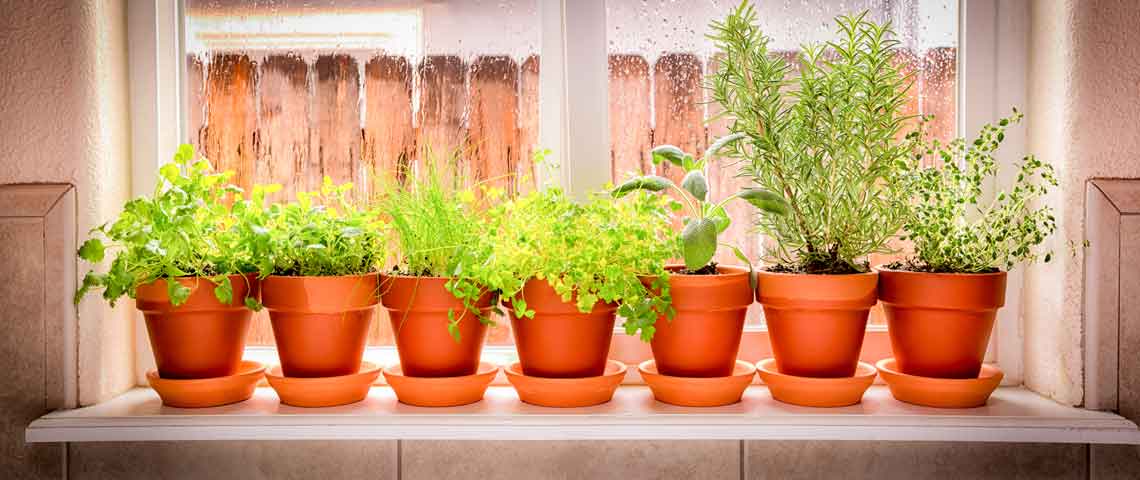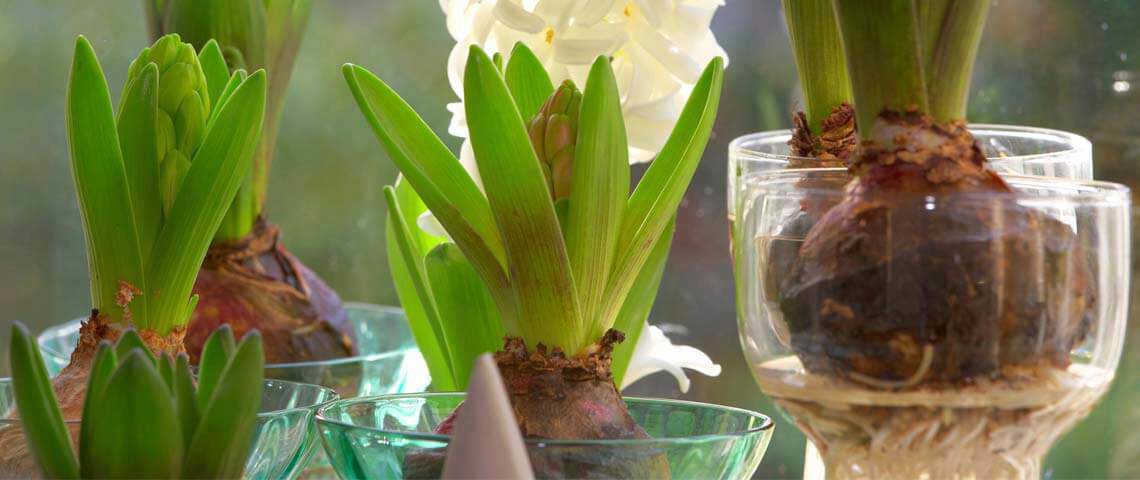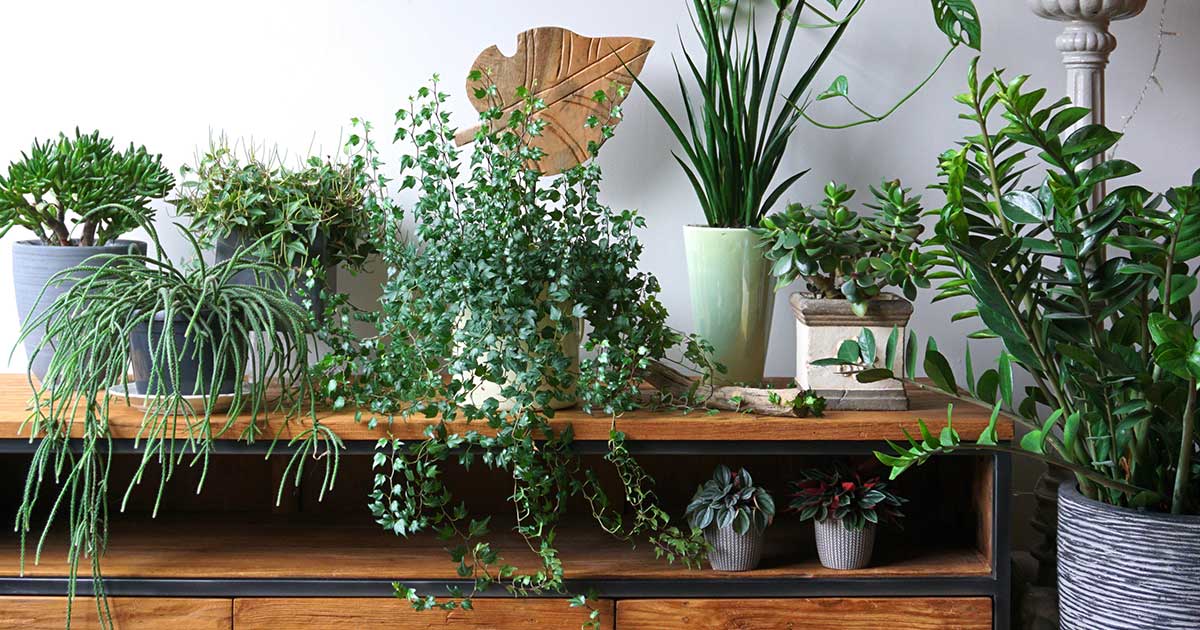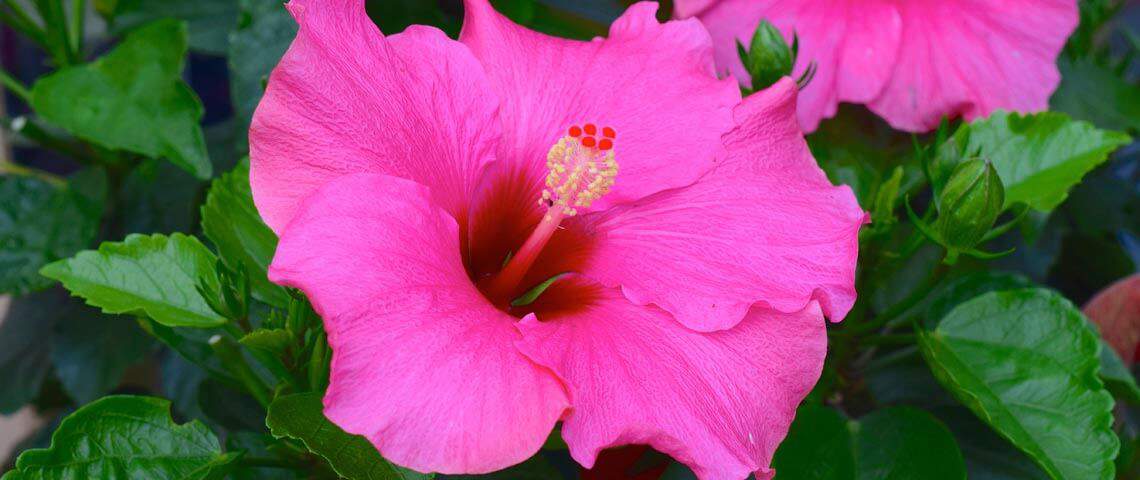Easy Herbs, Fruits and Vegetables to Grow Indoors
It's an early, mid-summer Saturday morning and you have a choice to make: Do you head to the garden and pick all the ripe strawberries yourself (and eat a few in the process), or do you wait for the family to wake up so you can pick the fruit together? This is just one fun decision that you get to make when you grow your own food.
Benefits Of Growing Edible Perennials
Edible perennial plants produce for multiple seasons, providing you with fresh food year after year.1 Every perennial plant has a different life span — strawberry plants, for example, will last about three years2, while asparagus can grow for decades.3 With a one-time investment of effort and money for seeds or plants, perennials provide years of harvests.

When selecting a perennial for your garden, make sure it will survive the winter in your region by checking the U.S. Department of Agriculture (USDA) Hardiness Zone listed on the label. Hardiness zones are determined by the average winter temperature.4 The perennials listed below are great options for both novice and experienced gardeners.

- French Sorrel: French sorrel leaves impart a lemony flavor to soups, sauces, salads and sandwiches. Hardy to USDA plant hardiness zone 35, this leafy green plant can be grown in all but the very coldest areas of the United States. Plant seeds in early spring, in an area that gets full sun. Harvest individual leaves as needed from early spring to the first frost. If plants get too big, dig them up after they've bloomed, separate sections of the roots, and then re-plant them 1 foot apart.6
- Egyptian Walking Onion: Also known as a tree onion7, this green onion offers a strong flavor similar to a shallot, but is much easier to grow. The Egyptian walking onion is native to the Middle East, but the plant grows well in zones 5 to 9.7 The edible bulb multiplies below ground, as well as above ground, where the stalk produces a topset of bulblets that can be divided and planted, or simply allowed to fall over and "walk" to replant themselves. Plant bulbs or bulblets 6 inches apart in late summer.7
- Strawberry: This popular fruit is commonly grown in zones 5 to 88, but with a heavy covering of mulch, strawberry plants can be grown as far north as Canada.9 There are three types of strawberries: Everbearing, day neutral and June bearing.2 For small gardens and container gardens, everbearing and day neutral varieties are the best, because they produce fruit throughout the growing season and do not produce a lot of baby plants, known as runners. June bearing varieties produce a single crop each year, making them good options for gardeners who also preserve strawberries. As soon as the ground can be worked in the spring, place strawberry plants at least 18 inches apart in an area that gets at least 6 hours of sun per day.2
- Thyme: Hardy in zones 5 to 9, thyme is a common herb that grows well in raised beds, in-ground gardens and containers.10 Plant thyme by seed in early spring by scattering the seeds on the surface of the soil, or plant seedlings into your garden 6 inches apart after the last chance of frost has passed. Unlike the other plants on this list, thyme can survive under low light, so transplanting to pots for the winter is an option for gardeners in cold climates.
- Asparagus: Asparagus plants take up to 3 years to establish after planting seeds or root divisions, so be patient for the first harvest. Hardy in zones 2 to 83, asparagus can be grown in all but the hottest climates in the United States. Plant seeds or crowns (root sections) at least 18 inches apart 4 to 6 weeks before the last expected frost date. Plant in an area that gets partial shade to full sun.
- Blackberry: Most blackberry plants are hardy in zones 6 to 811, but there are a few varieties that can be grown in zone 5. Look for thornless, erect varieties, rather than trailing types, because they are more compact and do not require trellising. Select a location in full sun, placing young plants at least 4 feet apart as soon as the soil can be worked in the spring. After each harvest, remove the canes that produced fruit, as they will not produce fruit the following year.
- Chive: Often used as a topping for salads and potatoes, this low-maintenance herb is a kitchen staple. Hardy in zones 3 to 912, chive plants are also attractive enough to use as a border for a flower garden. Plant seeds or root divisions at least 4 inches apart in spring or fall, in an area that gets full sun.13 Divide plants every 3 to 5 years to prevent overcrowding.
- "Annual, Perennial, Biennial?," Texas A & M Agrilife Research
- "Growing Strawberries," University of Illinois Extension
- "Asparagus," Cornell University, 2006
- "USDA Plant Hardiness Zone Map," USDA Agricultural Research Service
- Jill MacKenzie, "Growing Rhubarb and Sorrel in Minnesota Home Gardens," University of Minnesota Extension, February 2009
- John Loudon and William Robinson, The Horticulturist, (Applewood Books, 2009), 643.
- "Egyptian Onions," Cornell University, 2006
- A.N. Duchesne, "Strawberry," Texas A & M Agrilife Research, 2004
- Sonia Schloemann, "Winter Mulch for Strawberries," UMASS Amherst Extension, November 2004
- "Thyme," Penn State Extension
- "Blackberry," University of Illinois Extension
- "Chives," Cornell University, 2006
- Dan Drost, "Chives in the Garden," Utah State University Cooperative Extension, June 2010
Before planting, prepare the space by loosening the soil with a shovel or tiller, and add amendments, such as earthworm castings, to improve soil structure, and Pennington Epsom Salt to promote vigorous growth. To keep your perennial plants healthy year after year, feed them with Pennington Rejuvenate Plant Food All Purpose 4-4-4, which contains natural ingredients and two different nitrogen sources to give your plants the nutrients they need to produce the very best harvests.
Pennington is a registered trademark of Pennington Seed, Inc. Lilly Miller is a registered trademark of Central Garden & Pet Company.
Sources:

